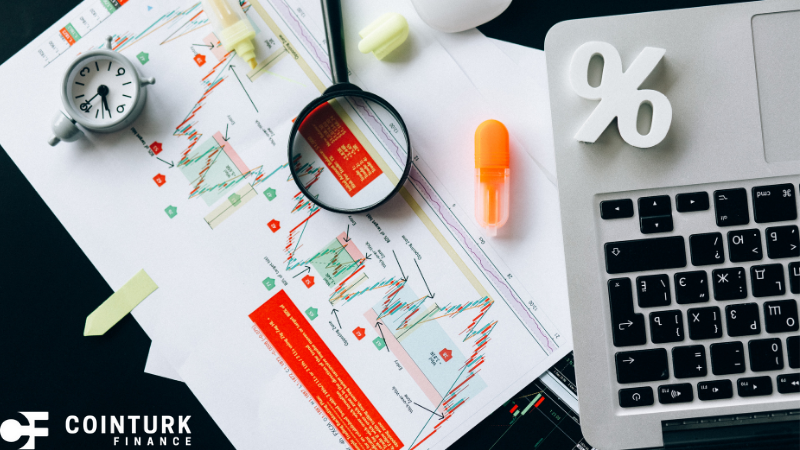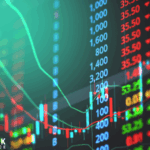In a notable economic development, the U.S. economy has shown signs of recovery in the second quarter, driven by a combination of declining imports and robust consumer spending. This resurgence comes after a contraction in the first quarter, sparking a renewed focus on the dynamics of domestic economic activity. The contribution of consumer spending to GDP growth is evident, yet challenges such as declining investments and export struggles indicate a nuanced picture of economic health.
The Bureau of Economic Analysis reported a 3% annualized growth in real GDP for the second quarter, rebounding from a 0.5% decline in the previous quarter. Consumer spending played a key role, contributing nearly a full percentage point to the growth. This increase was led by sectors including healthcare, food services, financial services, and motor vehicle parts. However, private investment saw a 15.6% contraction, with notable reductions in chemical manufacturing and wholesale durable goods inventory investments.
How Did Import Dynamics Influence GDP?
A significant decline in imports, particularly in nondurable goods, provided a boost to GDP figures, as imports function as a negative component in GDP calculations. Imports fell by 30.3%, indicating a shift in consumer and business demand patterns. The decrease in imports mainly affected pharmaceuticals and personal care products, signalling changes in consumption behavior and supply chain adjustments.
Will Inflation Concerns Ease?
Though inflationary pressures have shown signs of easing, the personal consumption expenditures (PCE) price index still reported a 2.5% increase excluding food and energy. This figure remains above the Federal Reserve’s 2% target, reflecting persistent challenges in achieving stable price levels. The Federal Reserve’s survey revealed mixed consumer sentiment, with expectations of continued but slowing price hikes.
The recent GDP figures contrast with previous quarters where economic activity was hampered by higher inflation rates and supply chain issues. Earlier this year, inflation adjustments and the impact of external trade dependencies were primary concerns, whereas the latest data points to internal market adjustments and resilient consumer behavior as central themes in economic discussion.
Bank of America echoed sentiments of consumer resilience, emphasizing its role in profit sustainability.
“Consumers remained resilient, with healthy spending and asset quality,”
stated CEO Brian Moynihan, highlighting a diverse economic landscape where consumer dynamics can significantly influence corporate fortunes.
The economy’s performance in the second quarter indicates a multifaceted recovery, with domestic consumption showing strength but external trade aspects needing attention.
“Commercial borrower utilization rates rose,”
added Moynihan, reflecting commercial activity’s response to changing economic conditions. Financial analysts will likely monitor these variables closely as they forecast future trends.
The interplay between consumer spending, import reduction, and investment trends has driven recent economic growth. As inflation indicators show tentative signs of stabilization, continued scrutiny of internal and external economic factors remains crucial for understanding longer-term trends. Stakeholders across sectors will need to stay attuned to these shifts as they adapt strategies for growth and stability.









